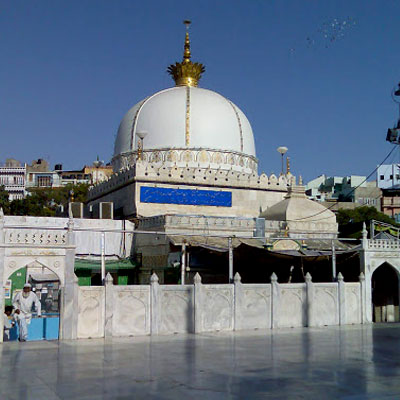Vadodara: Unveiling Gujarat’s Cultural Capital on the Vishwamitri River

Located on the Vishwamitri River, Vadodara, formerly known as Baroda, was the capital of the Gaekwad state. Ankottaka, an earlier settlement, has archaeological remnants dating back over a thousand years near the same river. This area, formerly abundant with Akola trees, now referred to as Akota, is nearby.
Vadapadraka features a dense forest of banyan trees and lush terrain. The name Vadodara, derived from the Sanskrit "Vatodar," means "the stomach of the banyan tree." During British rule, the city was renamed Baroda, a name that still resonates with its historical significance today.
Vadodara is enclosed by four gates that astonishingly still stand robust. The Chalukya Dynasty dominated this region in the 10th century, succeeded by the Solankis, Vaghelas, and the sultans of Gujarat and Delhi.
Pilaji Gaekwad, a Maratha general, significantly contributed to shaping modern Vadodara. Previous development efforts were supported by the Babi Nawabs. The city's Golden Era emerged under Maharaja Sayajirao III, marked by significant socio-economic reforms and architectural advancements. Vadodara is revered as "The Sanskari Nagari" or "The City of Culture" due to its deep cultural roots.
During Gujarat's vibrant Garba festivities, Vadodara comes alive with lights, songs, dance, and enthusiasm, celebrating Navratri with great zeal. The city also revels in other prominent festivals such as Uttarayan, Eid, Holi, Diwali, Ganesh Chaturthi, and Gudi Padwa. As a cultural hub, Vadodara houses numerous artifacts in the Maharaja Fateh Singh Museum, Baroda Museum and Picture Gallery, and the murals at Old Kirti by Nandalar Bose depicting scenes from the Bhagavad Gita, all underlining the rich heritage of the Gaekwads.
Key attractions include the Lakshmi Vilas Palace, Kadia Dungar Caves, and Nazarbaug Palace, among others. The Eco Campsite & Vadhvana Wetland offer opportunities to observe migratory birds, while Sankheda, renowned for its traditional lacquered woodwork, attracts visitors interested in craftmanship.
Climatic Condition:
The best time to visit Vadodara is from October to March, offering pleasant weather ideal for sightseeing, despite the summer heat and modest monsoon showers.
Travel Mode:
Rail: Premium trains like the Shatabdi and Rajdhani Express connect Vadodara, one of Gujarat’s busiest railway junctions, with Mumbai and Delhi.
Air: Vadodara’s domestic airport offers excellent connectivity to all major Indian cities, while the closest international airport is in Ahmedabad (Sardar Vallabhbhai Patel Airport), a mere 00km away.
Road: The STC bus station provides good connections to major cities in Rajasthan, Maharashtra, and Gujarat.
FAQs:
What is Vadodara famous for?
Vadodara is renowned for its cultural heritage, highlighted by festivals like Navratri and architectural wonders such as the Lakshmi Vilas Palace.
What are the top attractions in Vadodara?
Key attractions include the Lakshmi Vilas Palace, Maharaja Fateh Singh Museum, and the Eco Campsite & Vadhvana Wetland, offering diverse experiences from royal history to nature exploration.
Why is Vadodara called "The Sanskari Nagari"?
Vadodara is known as "The Sanskari Nagari" or "The City of Culture" due to its deep-rooted cultural traditions, vibrant festivals, and historical significance.
When is the best time to visit Vadodara?
The ideal time to visit Vadodara is from October to March, when the weather is pleasant for sightseeing and enjoying local festivals.
How can I travel to Vadodara?
Vadodara is well-connected by rail, air, and road. It has a busy railway junction, a domestic airport with connections to major Indian cities, and good road links via STC buses to neighboring states.